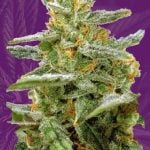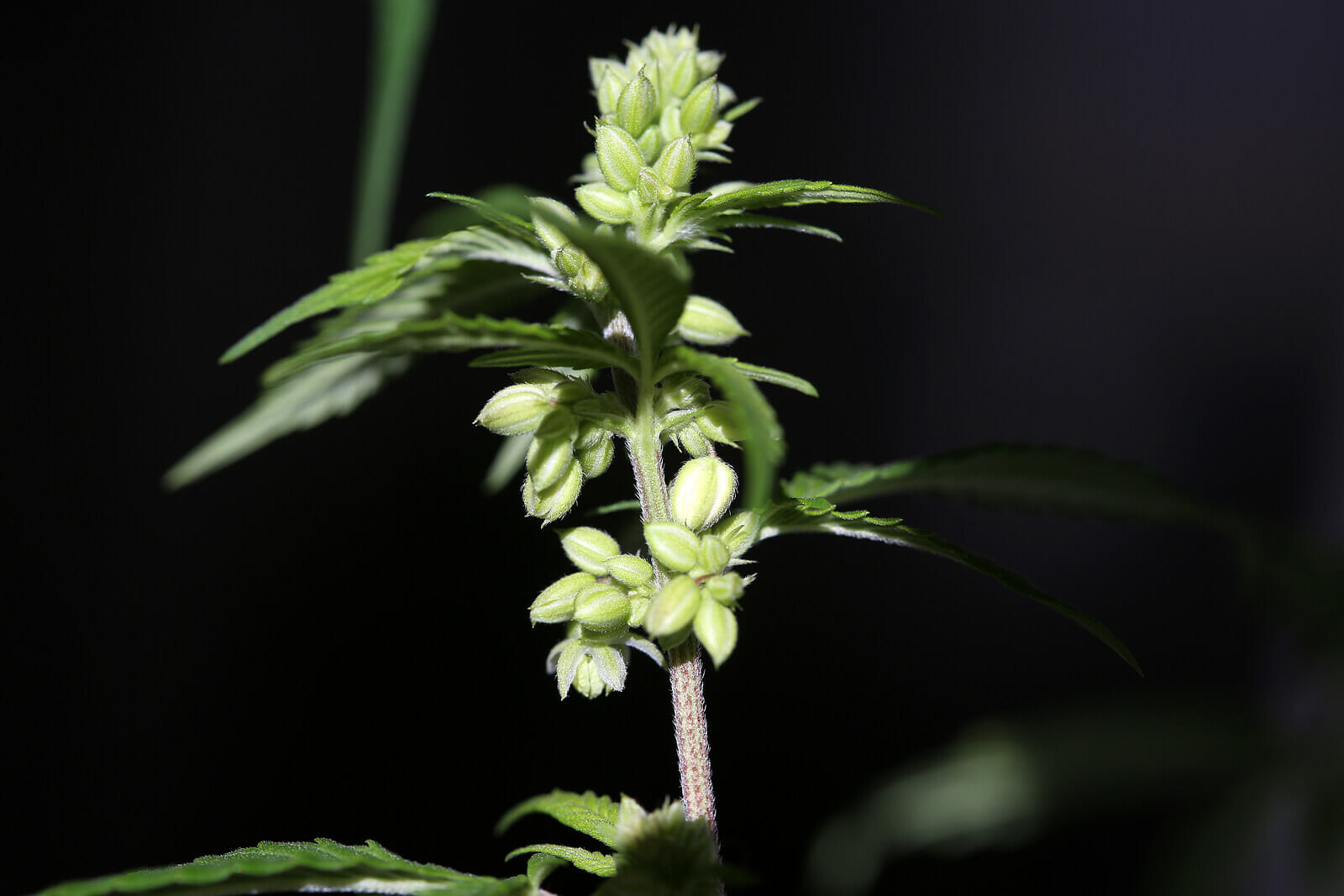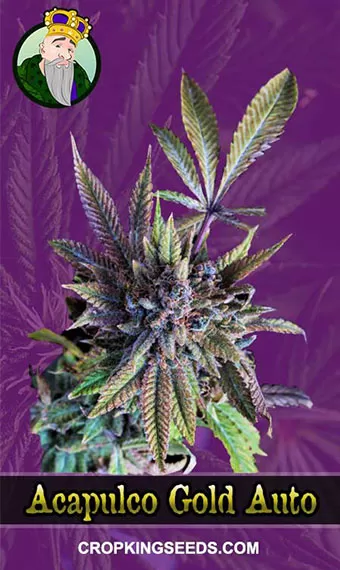Table of Contents
ToggleMuch attention is often given to the female plants, which are known for their prized buds and potent cannabinoids. However, their less celebrated counterparts, the male cannabis plants, also play a crucial role in the cannabis ecosystem. In this article, we will explore the often-overlooked world of male cannabis plants uses, and what you can do with them. So, let’s dive in and discover the untapped potential of these green gentlemen.
Understanding Male Cannabis Plants
To truly appreciate the uses of male cannabis plants, it’s essential to understand their characteristics. Male cannabis plants are typically identified by their thinner and elongated flowers. Unlike female plants, they do not produce the resinous buds that are so highly sought after by cannabis enthusiasts. Instead, their primary function is to produce pollen, which plays a pivotal role in the cannabis life cycle.
Male plants usually emerge a bit earlier than females in the growth cycle. Their pollen sacs, located at the base of their leaves, contain the male gametes needed for fertilization. While male plants might not be as visually appealing as their female counterparts, they are equally essential for the continuation of the cannabis species.
The Purpose of Male Cannabis Plants
Male cannabis plants may not produce the smokable flowers that their female counterparts do, but they serve a crucial purpose in the cannabis life cycle. Their pollen is needed to fertilize the female plants, leading to the production of seeds. These seeds are essential for the continued cultivation of cannabis strains. Without male cannabis plants, the genetic diversity of cannabis would be severely limited, and the evolution of new strains would be challenging.
Moreover, male plants can be seen as nature’s way of ensuring the survival and adaptation of the cannabis species. In the wild, where cannabis plants grow naturally, male plants play a crucial role in ensuring the propagation of the species. While modern cannabis cultivation often focuses on sensimilla (seedless) female plants for their potent buds, male plants remain a fundamental component of cannabis genetics and breeding programs.
What To Do With Male Weed Plants
Harvesting Pollen for Breeding
One of the primary uses of male cannabis plants is breeding. Skilled breeders carefully collect pollen from male plants to crossbreed different strains, creating new and unique varieties. This process allows for the development of cannabis plants with desired characteristics, such as specific flavors, aromas, and cannabinoid profiles.
When breeding cannabis, it’s essential to select male plants with traits that complement those of the female plants you wish to crossbreed. For example, if you have a female plant with exceptional aroma and flavor, you might want to select a male plant with similar traits to create offspring with these desirable qualities.
Breeding cannabis is both an art and a science, requiring careful observation, record-keeping, and patience. It’s a process that can lead to the creation of entirely new strains with unique attributes, benefiting both recreational and medical users of cannabis.
Creating Hemp Fiber
Hemp, a variety of the cannabis plant, is well-known for its versatile fibers. Male cannabis plants can also be used to produce hemp fiber. The fibers obtained from male plants are typically softer and more suitable for textiles and paper production.
Hemp fiber has a long history of use in various industries. It’s known for its durability, breathability, and biodegradability. In recent years, there has been a resurgence of interest in hemp as an eco-friendly alternative to traditional textiles and paper products.
When using male cannabis plants for hemp fiber production, it’s essential to harvest the plants at the right time. The fibers are most valuable when the plants are still relatively young and have not yet become too woody. Once harvested, the fibers can be processed to create a wide range of products, from clothing and paper to building materials and bioplastics.
Crafting Cannabis-Infused Products
While male cannabis plants do not contain as many cannabinoids as their female counterparts, they still contain some cannabinoids, such as CBD (cannabidiol). CBD is a non-psychoactive compound that has gained popularity for its potential health benefits. Some crafters use male plants to create CBD-infused products, such as creams, lotions, and tinctures.
CBD has been the subject of extensive research due to its potential therapeutic properties. It is believed to have anti-inflammatory, analgesic, and anti-anxiety effects, among others. CBD-infused products are used by many people seeking natural alternatives for managing various health conditions.
To extract CBD from male cannabis plants, the most common method is CO2 extraction, which is a safe and efficient way to isolate this valuable compound. Once extracted, CBD can be incorporated into a wide range of products, offering consumers a natural option for wellness and relief without the psychoactive effects associated with THC.
Making Male Plant Tea
Believe it or not, male cannabis plants can be used to make a soothing and non-intoxicating tea. This tea is often consumed for its potential relaxation and wellness benefits. To make male plant tea, simply steep the leaves and small branches in hot water, similar to other herbal teas.
The tea made from male cannabis plants is devoid of THC, the psychoactive compound found in female plants, making it a calming beverage without the high. It has a subtle earthy flavor and can be enjoyed plain or with the addition of honey or other herbs for enhanced taste.
Male plant tea enthusiasts often praise its potential to promote relaxation and alleviate stress. While scientific research on the specific health benefits of male plant tea is limited, many people find it to be a pleasant and soothing herbal option in their wellness routine.
Mulch and Composting
Male cannabis plants, like all plants, eventually reach the end of their life cycle. When this happens, they can be shredded and used as mulch or added to compost piles. The organic matter from male cannabis plants enriches the soil and contributes to healthier gardens.
Using male cannabis plants in mulch or compost is an eco-friendly way to recycle plant material. As the plants decompose, they release nutrients back into the soil, enhancing its fertility. This, in turn, benefits the growth of other plants in your garden or cultivation area.
When using male cannabis plants in your compost, it’s essential to ensure proper decomposition. This can be achieved by maintaining the right balance of green (nitrogen-rich) and brown (carbon-rich) materials, as well as providing adequate aeration and moisture.
Natural Pest Repellent
Some gardeners use male cannabis plants as a natural pest repellent. Placing them near other plants can help deter pests due to the plant’s unique aroma. While not a foolproof method, it can be a part of an eco-friendly pest control strategy.
The scent of male cannabis plants, while not as strong as that of female plants, can still act as a deterrent to certain pests. In particular, it may help repel aphids, spider mites, and other common garden pests. This natural pest control approach can reduce the need for chemical pesticides, which can harm beneficial insects and have environmental implications.
To use male cannabis plants as a natural pest repellent, consider interspersing them among other plants in your garden or grow area. Be mindful of the specific pests you are dealing with, as some may be more deterred by the scent than others. While it may not eliminate pest problems entirely, it can be a valuable component of an integrated pest management strategy.
Art and Craft Projects
Male cannabis plants can be a source of inspiration for artists and crafters. The leaves and stems can be used in various art projects, from creating sculptures to making pressed botanical art. Their unique shapes and textures can add an interesting element to your creative endeavors.
In the world of art and craft, materials are chosen not only for their aesthetic qualities but also for their symbolism and uniqueness. Male cannabis plants, with their distinct appearance and association with the cannabis plant, can serve as a meaningful and unconventional medium for artistic expression.
Artists have explored various techniques to incorporate male cannabis plant parts into their work. For example, the leaves can be pressed and dried to preserve their shape and color, making them suitable for collage, scrapbooking, and framed botanical art. Additionally, the stems can be used in sculptures and mixed-media pieces, allowing artists to experiment with texture and form.
Conclusion
In conclusion, male cannabis plants may not be the stars of the show in the world of cannabis, but they certainly have their place and purpose. From breeding to crafting and even pest control, these plants offer a range of uses that shouldn’t be overlooked. So, the next time you come across a male cannabis plant in your garden, remember its hidden potential. Whether you’re a cannabis enthusiast or a curious gardener, male cannabis plants have something to offer. Embracing their multifaceted roles in the cannabis ecosystem can lead to a deeper appreciation for the plant and its many possibilities.
FAQs (Frequently Asked Questions)
Q1: Can male cannabis plants get you high?
A1: No, male cannabis plants contain minimal amounts of THC, the psychoactive compound responsible for the “high” associated with marijuana.
Q2: How can I identify a male cannabis plant?
A2: Male cannabis plants often have thinner, elongated flowers and do not develop the resinous buds that female plants do. They also lack the distinctive white hairs known as pistils.
Q3: Is it legal to grow male cannabis plants in my area?
A3: The legality of growing male cannabis plants varies by region and local laws. It’s essential to research and comply with your local regulations to avoid legal issues.
Q4: Can male cannabis plants be used for medical purposes?
A4: While they contain lower levels of cannabinoids, male cannabis plants can still be used for CBD extraction, which has potential medicinal applications. CBD is known for its potential therapeutic benefits.
Q5: Are there any risks associated with growing male cannabis plants?
A5: The main risk is accidental pollination of female plants, which can reduce the quality of their flowers. Proper separation and management can mitigate this risk. Additionally, ensure compliance with local laws and regulations regarding cannabis cultivation.



















6 Responses
Sharing this with aunt.
I have a huge plant just turned male . Will the seeds produce and female seeds ?
50% male 50% female seedsk from a male plant
I currently have my female and male plants separated. When they begin to bud is it safe to put in the same place?
No
Thank you, I have a young male plant that would break my heart if I had to eliminate it. I grew it from a seed and it struggled to grow ( I cannot grow seeds). Every time I was ready to give up (little J) kept proving me wrong. My problem is that I have 3 cloned female plant and I am worried they may not produce as they should with little J being so masculine! Please advise!
Twyla